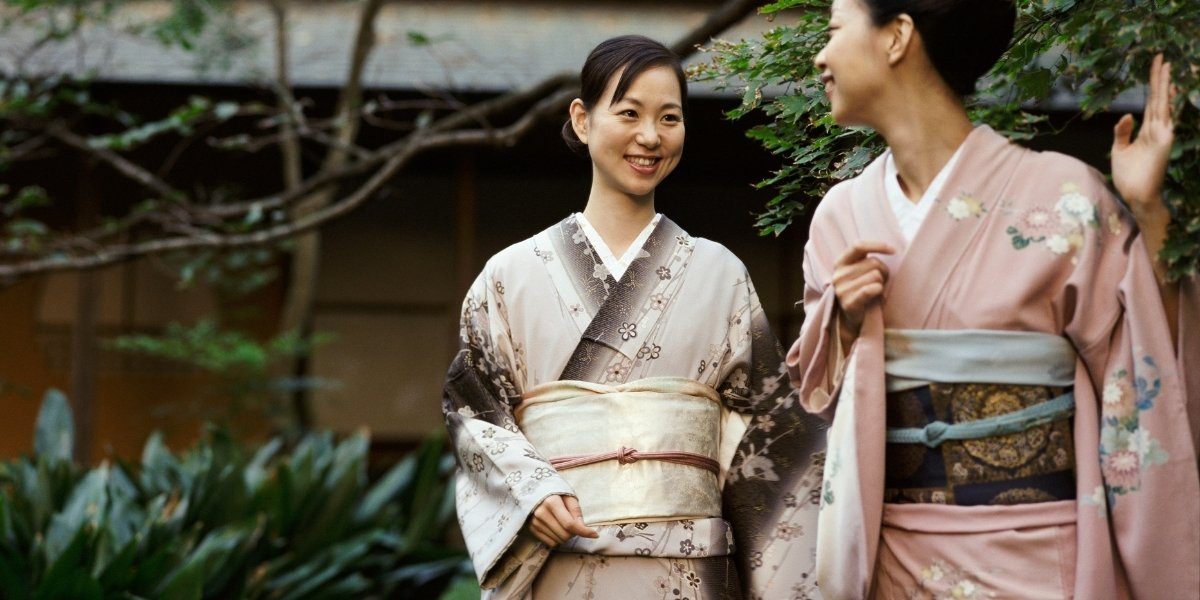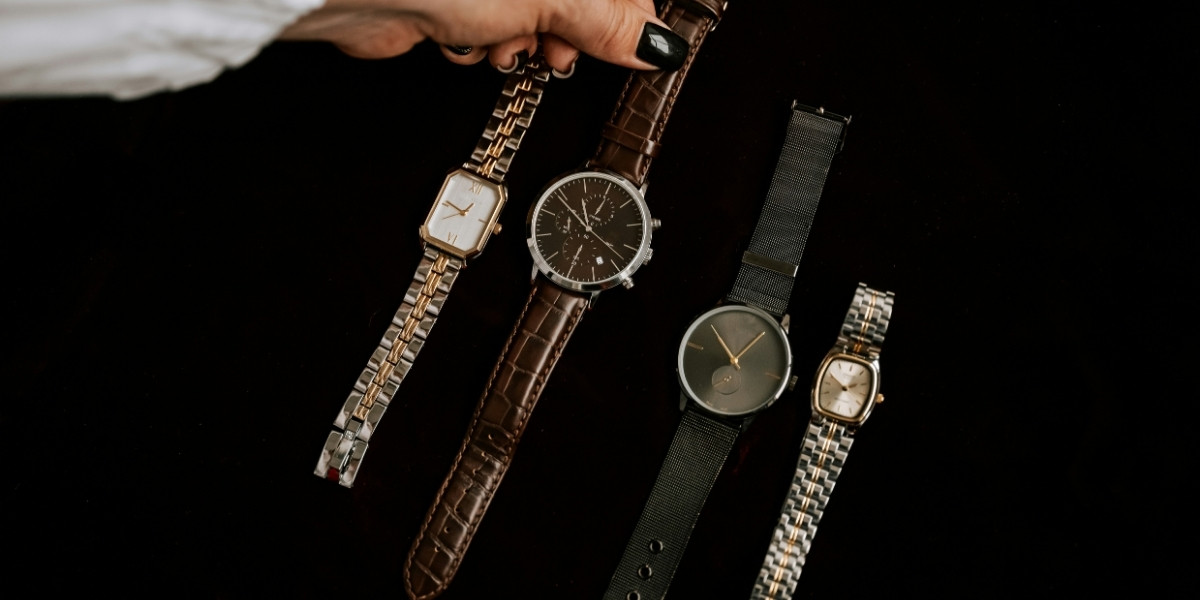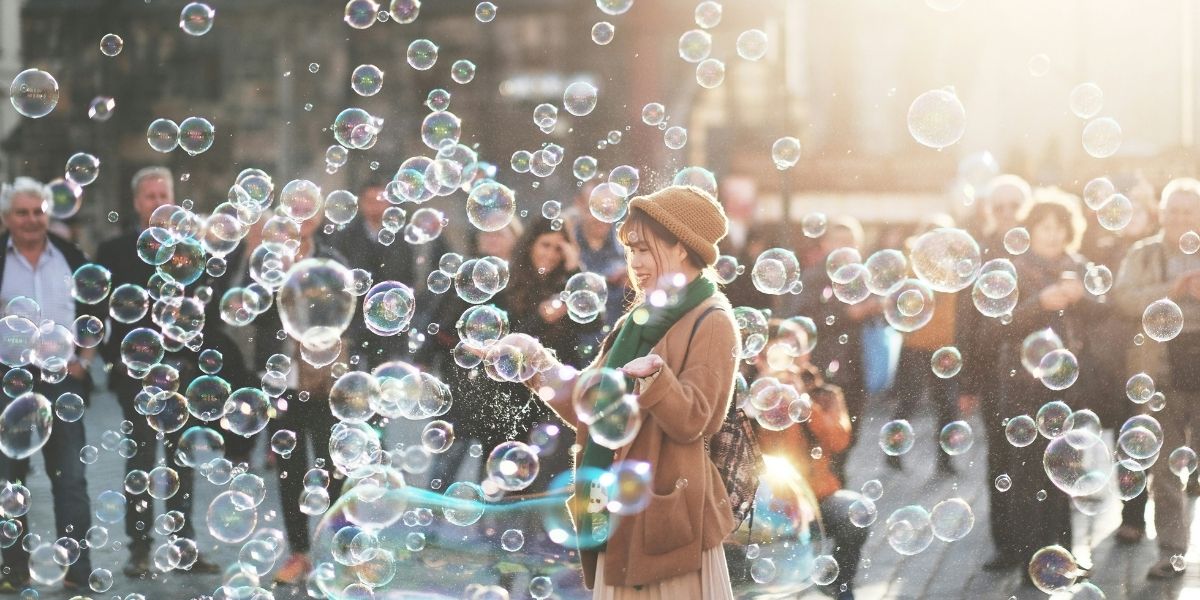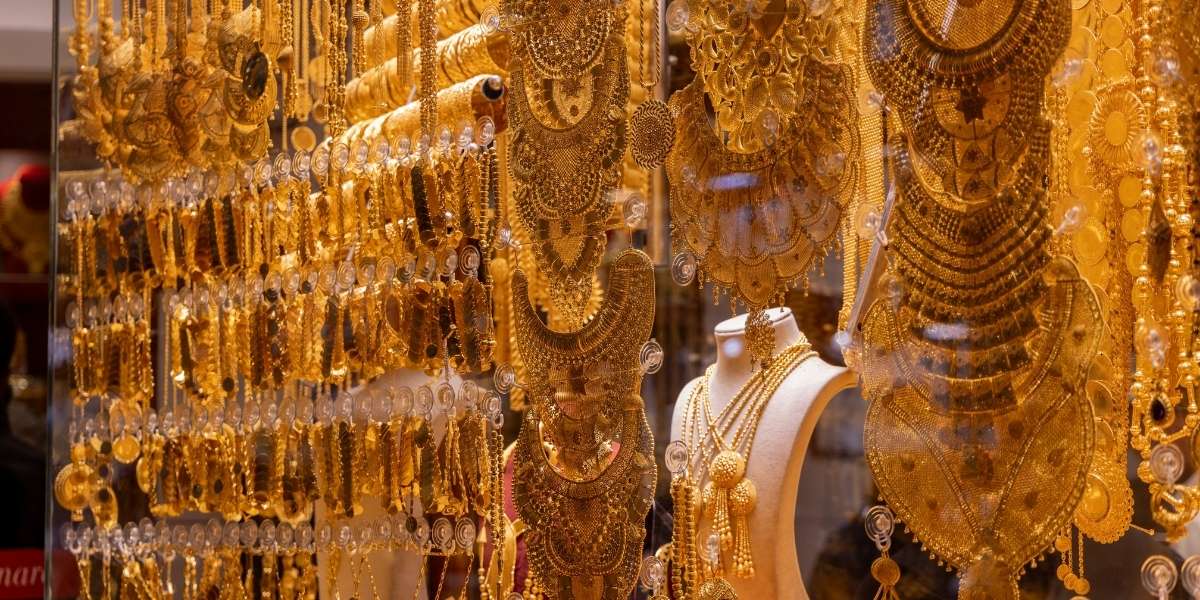Traditional Asian Clothing in Modern Fashion
Asian fashion has long been a fusion of history, culture, and innovation. Over the centuries, traditional clothing from various Asian countries has evolved and adapted to modern tastes, while still retaining its deep cultural roots. Today, traditional Asian clothing is no longer confined to historical reenactments or ceremonial occasions. It has found its way onto fashion runways, into the wardrobes of fashion-forward individuals, and even onto the streets of major cities around the world. This article explores how traditional Asian clothing has influenced modern fashion, and how designers are incorporating these elements into contemporary styles.
Read Also: Seattle Luxury Lifestyle: Fashion, Travel & Real Estate
The Rich History Behind Traditional Asian Clothing
Traditional Asian clothing has a rich and diverse history, shaped by centuries of cultural evolution, geographical influences, and regional traditions. Across Asia, each country has its own distinct style of dress, reflecting its cultural values, climate, and social structures.
In China, the qipao (also known as cheongsam) is a tight-fitting dress with a high collar and distinctive side slits, traditionally worn by women. Originating in the 17th century, it became a symbol of sophistication and elegance in the early 20th century and is still worn for formal occasions today. Similarly, men in China have traditionally worn changshan, a long tunic-style garment, particularly during ceremonial events.
In Japan, the kimono is the most iconic traditional garment, known for its elaborate design, wide sleeves, and distinct waistline. The kimono is deeply rooted in Japanese culture and is often worn during important life events, such as weddings and tea ceremonies. The hakama, a wide-legged pleated pant, was traditionally worn by samurais and is also worn in modern-day Japan for formal occasions.
In India, traditional clothing such as the sari and lehenga choli for women, and the kurta-pajama or sherwani for men, have stood the test of time. The sari, which consists of a long piece of fabric draped around the body, is one of the oldest surviving garments and is a symbol of grace and femininity. Meanwhile, the **kimono-inspired pathani suit in India continues to be a blend of regional and contemporary aesthetics.
These traditional garments are often made from luxurious fabrics such as silk, brocade, and cotton, with intricate embroidery, beads, and patterns that represent cultural symbols, regional pride, and historical influences.
Traditional Asian Clothing in Modern Fashion
The transition from traditional Asian clothing to modern fashion has not been a linear process. Many designers today take inspiration from traditional garments, reimagining them for the modern world. This blend of old and new allows designers to create collections that are rooted in tradition but appeal to contemporary tastes.
Modern qipaos or cheongsams, for example, have been updated with new materials like lace, silk blends, and even denim, and are often seen on the runways of global fashion weeks. Designers like Guo Pei and Zhang Huishan have gained recognition for modernizing the qipao, infusing it with innovative styles while maintaining the essence of the classic silhouette.
Similarly, the kimono has been reinterpreted in contemporary fashion, with designers using it as inspiration for outerwear, jackets, and even dresses. Issey Miyake, the renowned Japanese designer, has incorporated kimono-inspired draping techniques into his collections, creating elegant yet functional pieces that celebrate traditional craftsmanship while catering to modern sensibilities.
In India, the lehenga has been transformed into more casual, contemporary styles, with shorter skirts and less traditional draping, making it more suitable for daily wear or semi-formal events. The sari has also been reimagined in innovative ways, with designers experimenting with different draping styles, colors, and textures to give the sari a more modern, global appeal.
Asian-Inspired Street Fashion
Street fashion has also been influenced by traditional Asian clothing, especially in urban centers across the globe. The rising interest in Asian streetwear, particularly from South Korea and Japan, has made traditional elements like hachimaki (headbands), haori jackets, and hakama-style pants popular in street fashion. South Korean fashion, in particular, is known for its fusion of contemporary clothing with traditional elements, such as pairing modern cuts and streetwear with hanbok-inspired pieces.
The hanbok, a traditional Korean outfit, has seen a resurgence in recent years, not only for cultural and ceremonial events but also as part of modern street fashion. Designers like Hanbok Project have reinvented the hanbok by using denim, wool, and other contemporary fabrics while keeping the traditional silhouette intact.
Additionally, Japanese streetwear brands such as Comme des Garçons and Issey Miyake have popularized the blending of traditional clothing with modern design, creating a crossover of cultural references that resonates with younger generations worldwide. Elements of traditional Japanese clothing, like kimono sleeves or samurai-inspired prints, are now seen in everyday fashion collections, making these garments more accessible and adaptable.
The Global Appeal of Traditional Asian Fashion
One of the reasons why traditional Asian clothing continues to influence modern fashion is its universal appeal. These garments are not only beautifully crafted but also hold deep cultural and symbolic meaning. For instance, the sari is not just a piece of clothing—it is a reflection of Indian culture, history, and femininity. The kimono tells a story of Japan’s rich cultural heritage and the beauty of simplicity and craftsmanship.
The appeal of these garments extends beyond Asian borders. As fashion becomes more globalized, there is an increasing interest in incorporating cultural elements into contemporary styles. The influence of traditional Asian clothing is seen in the growing popularity of Asian-inspired collections in fashion capitals such as New York, Paris, and London. International designers often look to Asia for inspiration, incorporating traditional fabrics, patterns, and techniques into their collections.
Furthermore, Asian influencers and celebrities such as Priyanka Chopra, Bae Suzy, and Kendall Jenner, who wear traditional clothing with a modern twist, have helped bring attention to the beauty and versatility of Asian-inspired fashion. Their ability to fuse traditional garments with contemporary accessories and modern designs has made these clothes accessible to a global audience.
The Future of Traditional Asian Clothing in Modern Fashion
As the world continues to embrace diversity, the influence of traditional Asian clothing on modern fashion is only expected to grow. Designers will continue to experiment with new ways to integrate these timeless garments into contemporary wardrobes, blending traditional styles with modern aesthetics.
The future of traditional Asian clothing in fashion lies in finding a balance between cultural preservation and innovation. As more young people in Asia and around the world embrace their cultural heritage, there will be greater demand for clothing that respects tradition while pushing boundaries.
The growing interest in sustainable fashion also bodes well for the continued appreciation of traditional clothing, as many Asian garments are made from natural, handwoven materials that are both environmentally friendly and durable. By incorporating traditional craftsmanship into modern designs, fashion can honor cultural heritage while supporting a sustainable future.
Read Also: How Urban Farms & Community Gardens Are Transforming Seattle
A Fusion of Tradition and Innovation
Traditional Asian clothing has left a significant mark on modern fashion, influencing global trends and redefining cultural expression through clothing. From the elegant kimono to the graceful sari, these garments carry centuries of history, art, and symbolism. As designers continue to innovate and blend tradition with modernity, traditional Asian clothing will remain an essential part of global fashion, offering a unique combination of cultural depth and contemporary style. Whether it’s a modern qipao, a reimagined hanbok, or a casual sari, the fusion of tradition and innovation will continue to captivate and inspire fashion enthusiasts around the world.






